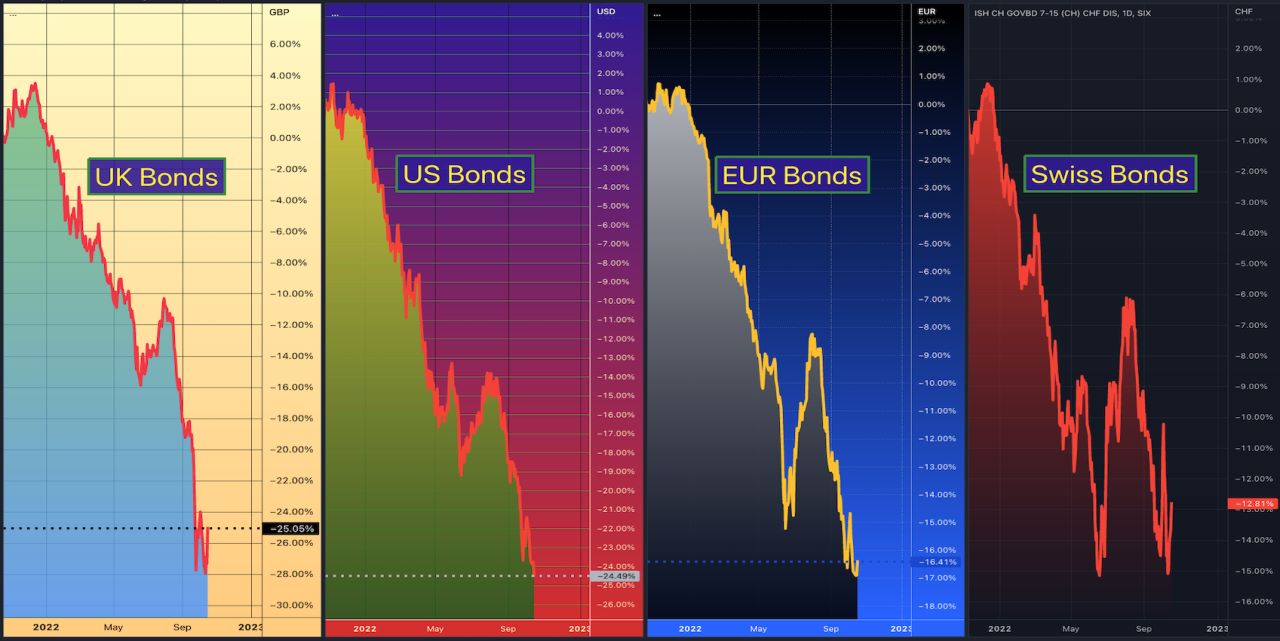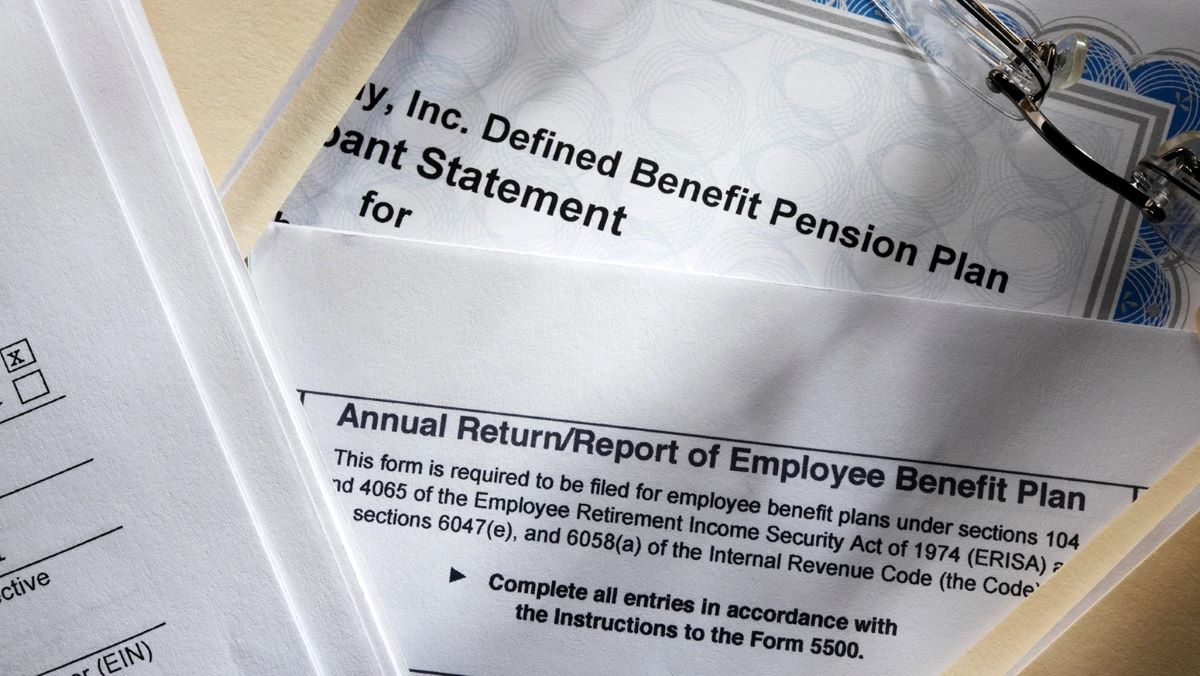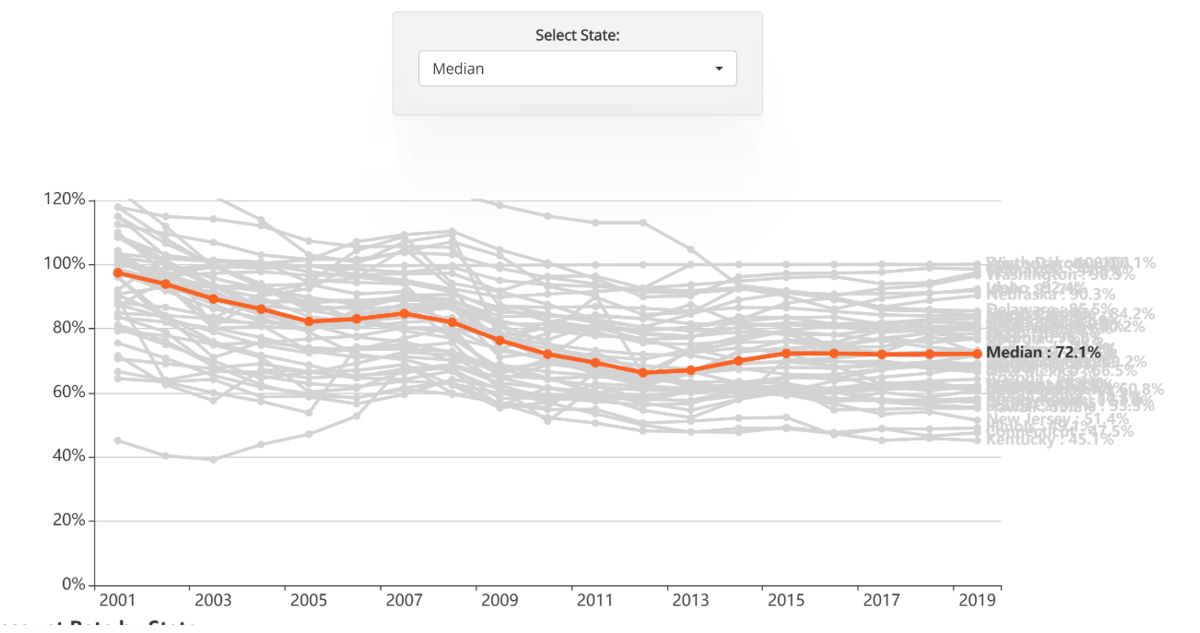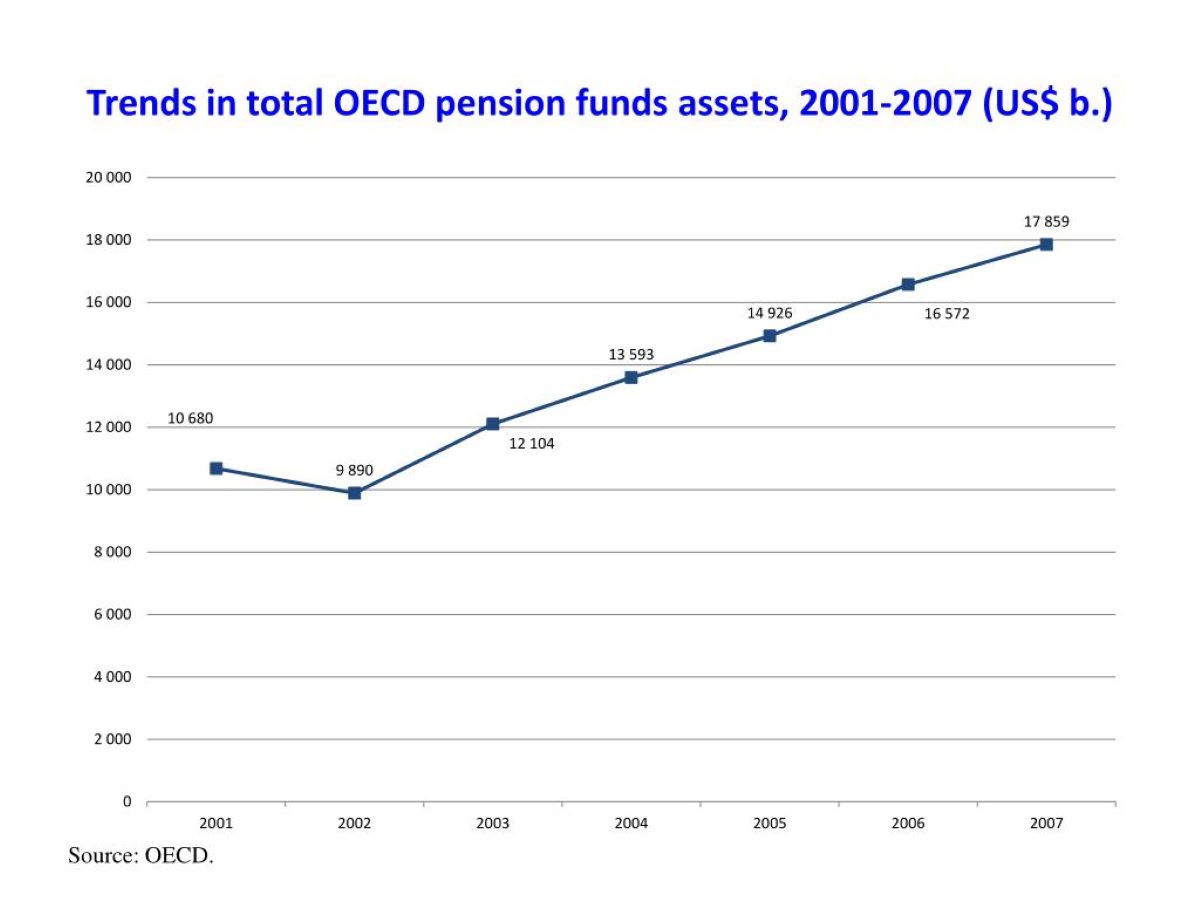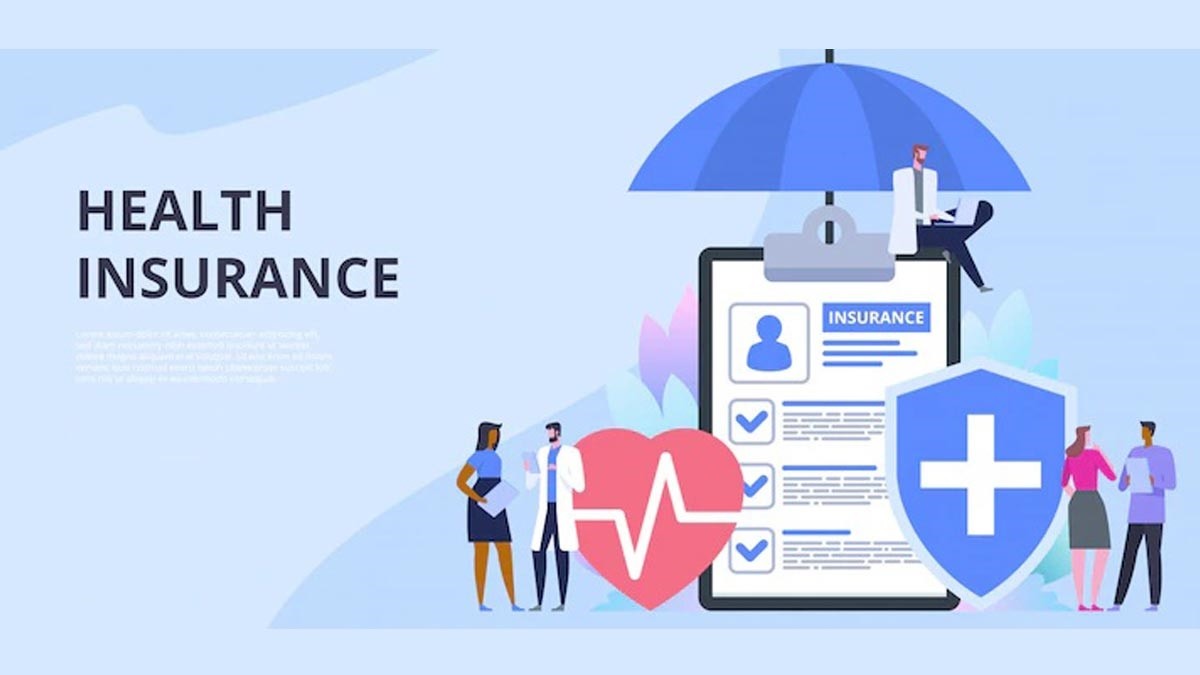Home>Finance>What Licensing Is Needed To Sell Software To Pension Funds?
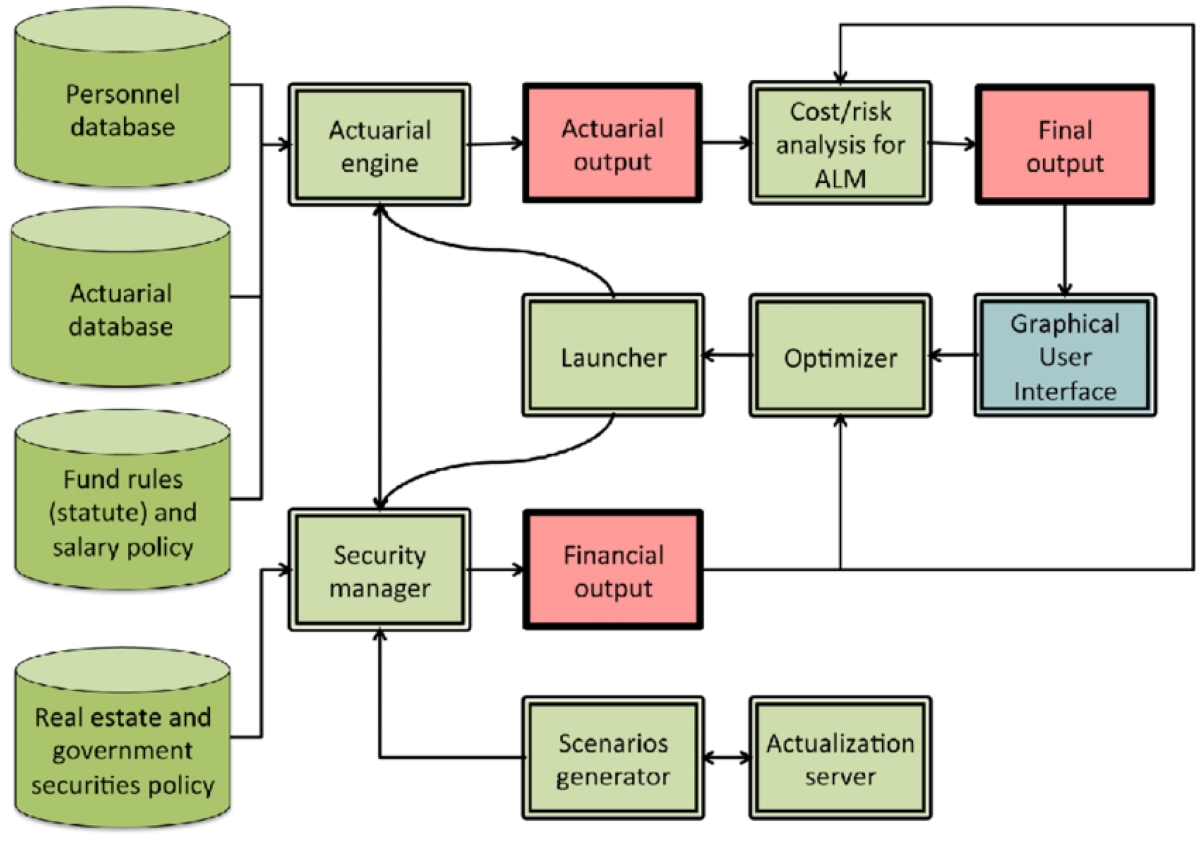

Finance
What Licensing Is Needed To Sell Software To Pension Funds?
Published: January 23, 2024
Find out the essential licensing requirements for selling finance software to pension funds. Ensure compliance and maximize your sales opportunities.
(Many of the links in this article redirect to a specific reviewed product. Your purchase of these products through affiliate links helps to generate commission for LiveWell, at no extra cost. Learn more)
Table of Contents
Introduction
In the modern digital landscape, the financial sector has undergone a remarkable transformation, with pension funds increasingly relying on sophisticated software solutions to manage their assets and operations. As a result, the demand for specialized software tailored to the unique needs of pension funds has surged, presenting lucrative opportunities for software vendors. However, navigating the regulatory landscape and understanding the licensing requirements for selling software to pension funds is paramount for success in this niche market.
Delving into this domain requires a comprehensive understanding of software licensing, particularly in the context of financial institutions such as pension funds. By exploring the intricacies of software licensing and dissecting the specific requirements imposed on vendors targeting pension funds, this article aims to shed light on the essential considerations for software providers seeking to enter this specialized market.
The intersection of finance and technology has given rise to a dynamic ecosystem where innovation and compliance intersect, shaping the software licensing landscape in profound ways. As such, gaining insight into the nuances of licensing requirements for software destined for pension funds is pivotal for vendors aiming to establish a foothold in this sector. Let's embark on a journey to unravel the intricacies of software licensing in the context of pension funds, equipping software vendors with the knowledge needed to navigate this specialized market successfully.
Understanding Software Licensing
Software licensing forms the bedrock of the digital economy, governing the terms and conditions under which software is distributed and utilized. In essence, it delineates the rights and restrictions pertaining to the use, distribution, and modification of software, encompassing a spectrum of licensing models such as proprietary, open source, and freeware. Understanding the nuances of software licensing is fundamental for software vendors seeking to cater to the distinctive needs of pension funds.
When it comes to software destined for pension funds, the licensing framework assumes heightened significance due to the stringent regulatory environment governing financial institutions. Vendors must comprehend the intricacies of licensing models to ensure compliance with industry-specific regulations and to align with the operational and security requirements of pension funds.
Proprietary software, characterized by restricted access to the source code and stringent usage limitations, often necessitates tailored licensing agreements to accommodate the unique needs of pension funds. Conversely, open source software, while offering more flexibility, requires astute management of licensing obligations to mitigate potential compliance risks within the context of pension fund operations.
Furthermore, the emergence of software as a service (SaaS) has redefined software delivery and licensing, presenting both opportunities and challenges for vendors targeting pension funds. The subscription-based nature of SaaS models demands a nuanced approach to licensing, encompassing considerations such as data security, scalability, and regulatory compliance, all of which are pivotal in the context of pension fund software solutions.
As the digital ecosystem continues to evolve, software vendors must remain cognizant of the evolving landscape of licensing paradigms, especially within the realm of pension fund software. By grasping the intricacies of software licensing and its convergence with the regulatory framework governing pension funds, vendors can adeptly tailor their offerings to meet the stringent requirements of this specialized sector, fostering trust and longevity in their client relationships.
Licensing Requirements for Selling Software to Pension Funds
When venturing into the realm of selling software to pension funds, vendors encounter a labyrinth of licensing requirements shaped by the unique operational and regulatory landscape of the financial sector. Pension funds, entrusted with managing substantial assets and sensitive data, operate within a framework of stringent compliance and fiduciary responsibilities, thereby necessitating software solutions that align with these imperatives.
One of the fundamental considerations in licensing software to pension funds revolves around data security and privacy. Given the confidential nature of financial data managed by pension funds, software vendors must adhere to stringent data protection standards and privacy regulations. This necessitates robust encryption protocols, access controls, and compliance with data protection laws such as the General Data Protection Regulation (GDPR) and the Health Insurance Portability and Accountability Act (HIPAA), where applicable.
Moreover, the licensing requirements for software intended for pension funds extend to operational resilience and business continuity. Pension funds rely on software solutions to facilitate seamless asset management and operational efficiency, mandating vendors to demonstrate the resilience and reliability of their offerings. This entails adherence to industry best practices, disaster recovery protocols, and compliance with regulatory guidelines governing business continuity within the financial sector.
Furthermore, the licensing framework for software targeting pension funds encompasses scalability and customization. Pension funds operate within a dynamic environment, necessitating software solutions that can adapt to evolving operational needs and accommodate the scalability requirements inherent in asset management. Vendors must offer flexible licensing models that enable pension funds to scale their usage based on asset growth and operational exigencies, while also providing tailored customization to align with the specific needs of individual pension funds.
Compliance with regulatory mandates constitutes a pivotal aspect of licensing software to pension funds. Vendors must navigate a complex web of financial regulations, including but not limited to the Employee Retirement Income Security Act (ERISA) and the Investment Advisers Act, ensuring that their software solutions adhere to the stipulated compliance standards. This encompasses robust audit trails, regulatory reporting capabilities, and adherence to fiduciary obligations, cementing the importance of regulatory alignment within the licensing framework.
By comprehensively addressing these licensing requirements, software vendors can position themselves as trusted partners for pension funds, offering solutions that not only meet the operational and regulatory imperatives of the financial sector but also foster innovation and efficiency within the realm of asset management.
Key Considerations for Software Vendors
As software vendors navigate the intricate terrain of selling software to pension funds, several key considerations emerge as pivotal determinants of success within this specialized market. Understanding and addressing these considerations is essential for vendors to effectively tailor their software solutions to meet the unique needs and regulatory requirements of pension funds.
First and foremost, software vendors must prioritize robust data security and privacy measures. Pension funds handle sensitive financial data, mandating that software solutions exhibit stringent data encryption, access controls, and compliance with data protection regulations. By implementing robust security protocols and obtaining relevant certifications such as ISO 27001, vendors can instill confidence in pension funds regarding the protection of their data assets.
Operational resilience and business continuity stand as critical considerations for software vendors targeting pension funds. The reliability and continuity of software operations are paramount for pension funds reliant on seamless asset management. Vendors must demonstrate the resilience of their solutions through disaster recovery mechanisms, high availability architectures, and adherence to industry best practices, thereby assuring pension funds of uninterrupted service delivery.
Scalability and customization capabilities represent additional imperatives for software vendors. Pension funds operate within a dynamic landscape, necessitating software solutions that can scale in tandem with asset growth and accommodate bespoke customization to align with the unique operational requirements of each fund. Vendors offering flexible licensing models and tailored customization options can effectively cater to the diverse needs of pension funds, fostering long-term partnerships based on adaptability and responsiveness.
Regulatory compliance forms the cornerstone of considerations for software vendors targeting pension funds. Adhering to the complex web of financial regulations, including ERISA and the Investment Advisers Act, is paramount. Vendors must embed robust compliance features within their software solutions, encompassing audit trails, regulatory reporting functionalities, and adherence to fiduciary obligations, thereby ensuring alignment with the regulatory mandates governing pension fund operations.
Furthermore, a proactive approach to understanding the evolving landscape of pension fund operations and regulatory requirements is indispensable for software vendors. By staying abreast of industry trends, technological advancements, and regulatory shifts, vendors can proactively adapt their software offerings to meet the evolving needs of pension funds, positioning themselves as agile and informed partners in the dynamic realm of financial technology.
By meticulously addressing these key considerations, software vendors can forge enduring relationships with pension funds, offering solutions that not only meet the operational and regulatory imperatives of the financial sector but also drive innovation and efficiency within the domain of pension fund asset management.
Conclusion
The intersection of software licensing and the specialized domain of pension fund operations represents a dynamic landscape ripe with opportunities for software vendors. Navigating this terrain requires a nuanced understanding of the distinctive licensing requirements and operational imperatives that govern the realm of pension funds. As the digital transformation reshapes the financial sector, software vendors must adeptly align their offerings with the stringent regulatory framework and unique operational needs of pension funds, thereby fostering trust and delivering value within this specialized market.
By comprehensively grasping the intricacies of software licensing and its convergence with the regulatory landscape governing pension funds, vendors can position themselves as trusted partners, offering solutions that not only meet the operational and regulatory imperatives of the financial sector but also drive innovation and efficiency within the domain of pension fund asset management. Prioritizing robust data security, operational resilience, scalability, customization, and regulatory compliance, software vendors can tailor their offerings to meet the diverse and evolving needs of pension funds, forging enduring partnerships based on adaptability, reliability, and regulatory alignment.
As the demand for specialized software solutions within the pension fund sector continues to grow, software vendors equipped with a deep understanding of licensing requirements and a proactive approach to addressing the key considerations outlined in this article are poised to thrive in this dynamic and vital market. By embracing these considerations and leveraging them to inform their software development and licensing strategies, vendors can navigate the complexities of this sector with confidence, delivering solutions that elevate the operational efficiency and regulatory compliance of pension funds while driving innovation and value in the ever-evolving landscape of financial technology.
